Table of content
Plantains, often referred to as “cooking bananas,” are a staple in tropical and subtropical cuisines worldwide. Unlike their sweeter cousin, the dessert banana, plantains are starchier and require cooking before consumption. Their versatility in both savory and sweet dishes makes them a beloved ingredient, but their relatively short shelf life can pose challenges for home cooks and vendors alike. This article explores science-backed and practical methods to preserve plantains, ensuring they remain fresh, flavorful, and ready for use in recipes ranging from crispy tostones to sweet plantain casseroles.
Understanding Plantain Ripeness: The Foundation of Proper Storage
Before diving into preservation techniques, it is crucial to grasp how plantain ripeness impacts storage decisions. Plantains transition through distinct stages, each offering unique culinary applications:
-
Green Plantains (Unripe):
- Texture: Firm, starchy, and low in sugar.
- Best Uses: Frying (e.g., tostones, patacones), boiling, or baking for savory dishes.
- Storage Needs: Require environments that slow ripening to maintain firmness.
-
Yellow Plantains (Partially Ripe):
- Texture: Softer, with a balance of starch and sugar.
- Best Uses: Grilling, roasting, or slicing for plantain chips.
- Storage Needs: Moderate ripening control to prevent premature spoilage.
-
Black/Spotty Plantains (Fully Ripe):
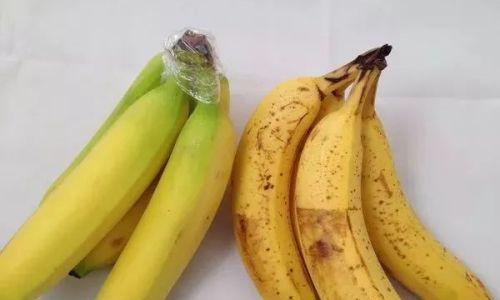
- Texture: Very soft, sweet, and almost custard-like.
- Best Uses: Baking, mashing, or pureeing for desserts and smoothies.
- Storage Needs: Immediate use or specialized preservation to halt over-ripening.
The ripening process is driven by ethylene gas, a natural plant hormone. As plantains mature, they produce more ethylene, accelerating sugar development and softening. Storage methods must either slow (for green plantains) or manage (for ripe ones) this process.
Room Temperature Storage: The Basics
For most households, storing plantains at room temperature is the default approach. However, optimizing this method requires attention to detail:
Green Plantains: Slowing Ripening
- Cool, Dry Environments: Store green plantains in a pantry, cellar, or any area with temperatures between 55–60°F (13–15°C). Avoid direct sunlight or heat sources like ovens, which can trigger rapid ripening.
- Ventilation: Place plantains in a well-ventilated basket or mesh bag. Avoid airtight containers, as they trap moisture and ethylene, hastening spoilage.
- Ethylene Management: To delay ripening, separate plantains from ethylene-producing fruits like apples, avocados, or tomatoes.
Yellow to Black Plantains: Balancing Ripeness
- Moderate Temperatures: At 68–72°F (20–22°C), ripe plantains will continue to mature. Monitor daily for texture changes.
- Paper Bag Technique: For controlled ripening, place plantains in a brown paper bag. The bag traps ethylene, slightly accelerating the process without the risk of overheating (as with plastic bags).
Limitations of Room Temperature Storage:
- Green plantains may last 1–2 weeks, while ripe ones spoil within 3–5 days.
- Humidity fluctuations (e.g., in kitchens) can lead to uneven ripening or mold.
Refrigeration: A Short-Term Solution for Ripe Plantains
Refrigeration is often misunderstood in plantain preservation. While cold temperatures can extend shelf life, they come with trade-offs:
When to Refrigerate:
- Partially to Fully Ripe Plantains: Refrigeration halts further ripening, making it ideal for plantains at peak maturity.
- Green Plantains: Avoid refrigeration, as cold inhibits the enzymes responsible for starch-to-sugar conversion, resulting in bland, chalky textures when cooked.
Best Practices for Refrigeration:
- Temperature: Set the refrigerator to 40°F (4°C) or slightly lower.
- Storage Containers: Wrap plantains in perforated plastic wrap or place them in a ventilated container to prevent moisture buildup.
- Shelf Life: Ripe plantains can last 5–7 days in the fridge, but their skins may darken prematurely (a cosmetic issue, not spoilage).
Drawbacks:
- Refrigerated plantains may develop a slightly gritty texture if cooked directly from cold. Allow them to reach room temperature before use.
Freezing: The Ultimate Long-Term Preservation Method
Freezing is the most effective way to preserve plantains for extended periods. However, proper preparation is critical to avoid freezer burn and texture loss:

Step-by-Step Freezing Guide:
- Peeling: Plantain skins are thick and sticky. Use a sharp knife to trim the ends, then make a shallow vertical cut along the ridge. Peel back the skin carefully.
- Pre-Treatment:
- Lemon Juice: Dip slices in a mixture of water and lemon juice (1 tbsp per cup) to prevent browning.
- Blanching (Optional): For plantains intended for frying, blanch slices in boiling water for 2 minutes, then shock in ice water. This step reduces starchiness.
- Portioning: Slice plantains into desired shapes (coins, wedges, or cubes) for easier future use.
- Packaging:
- Airtight Containers: Use freezer-safe bags or containers, removing excess air to prevent freezer burn.
- Labeling: Date and label packages to track freshness (up to 6 months).
Thawing and Usage:
- Refrigerator Thawing: Transfer frozen plantains to the fridge 8–12 hours before use.
- Direct Cooking: For frying or baking, add frozen plantains directly to hot oil or ovens—no thawing needed.
Pro Tip: Frozen plantains work exceptionally well in baked goods like muffins or bread, where texture is less critical.
Advanced Techniques: Controlling Ripeness
For chefs and enthusiasts seeking precision, these methods fine-tune ripening:
Accelerating Ripening
- Ethylene Exposure: Place plantains in a sealed paper bag with an apple or tomato. The ethylene from these fruits speeds up ripening by 50%.
- Warmth: Store plantains in a warm spot (75–80°F/24–27°C) for 1–2 days.
Pausing Ripening
- Cold Storage (Brief): For partially ripe plantains, a 30-minute stint in the fridge can temporarily halt enzymes. Return to room temperature to resume ripening.
Common Mistakes to Avoid
- Storing Green Plantains in the Fridge: Results in chalky, unappetizing flesh.
- Using Plastic Bags at Room Temperature: Traps moisture, causing mold.
- Ignoring Spoilage Signs: Soft spots, mold, or a fermented odor indicate decay.
- Freezing Without Peeling: Frozen skins become nearly impossible to remove.
Creative Uses for Preserved Plantains
Preservation methods open doors to culinary innovation:
- Green Plantains (Frozen): Ideal for gluten-free plantain flour or crispy chips.
- Yellow Plantains (Refrigerated): Perfect for grilled side dishes or plantain “fries.”
- Black Plantains (Frozen): Blend into smoothies or use in decadent plantain bread.
Conclusion: Maximizing Plantain Potential
Plantains are a culinary treasure, but their preservation demands attention to ripeness stages and environmental conditions. By mastering room temperature, refrigeration, and freezing techniques, you can ensure these versatile ingredients are always at your fingertips. Whether you’re craving savory tostones or sweet plantain empanadas, proper storage transforms a humble fruit into a pantry powerhouse. Experiment with these methods, and let the rich flavors of plantains elevate your dishes year-round.
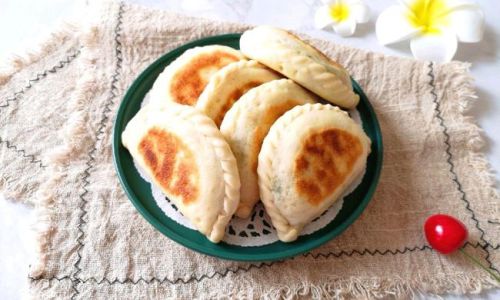
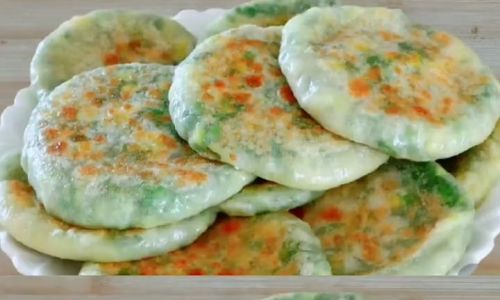

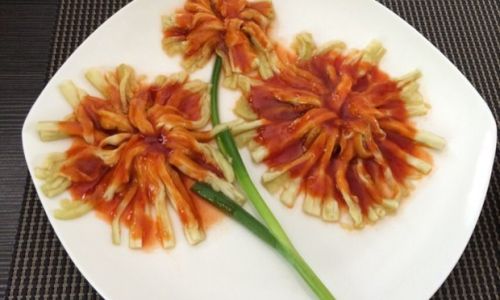
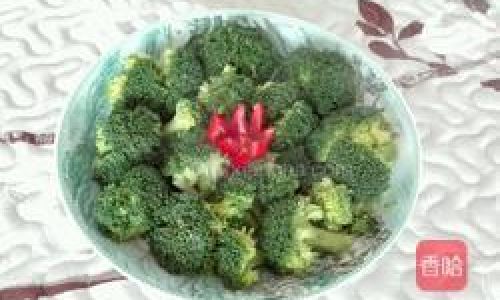
0 comments